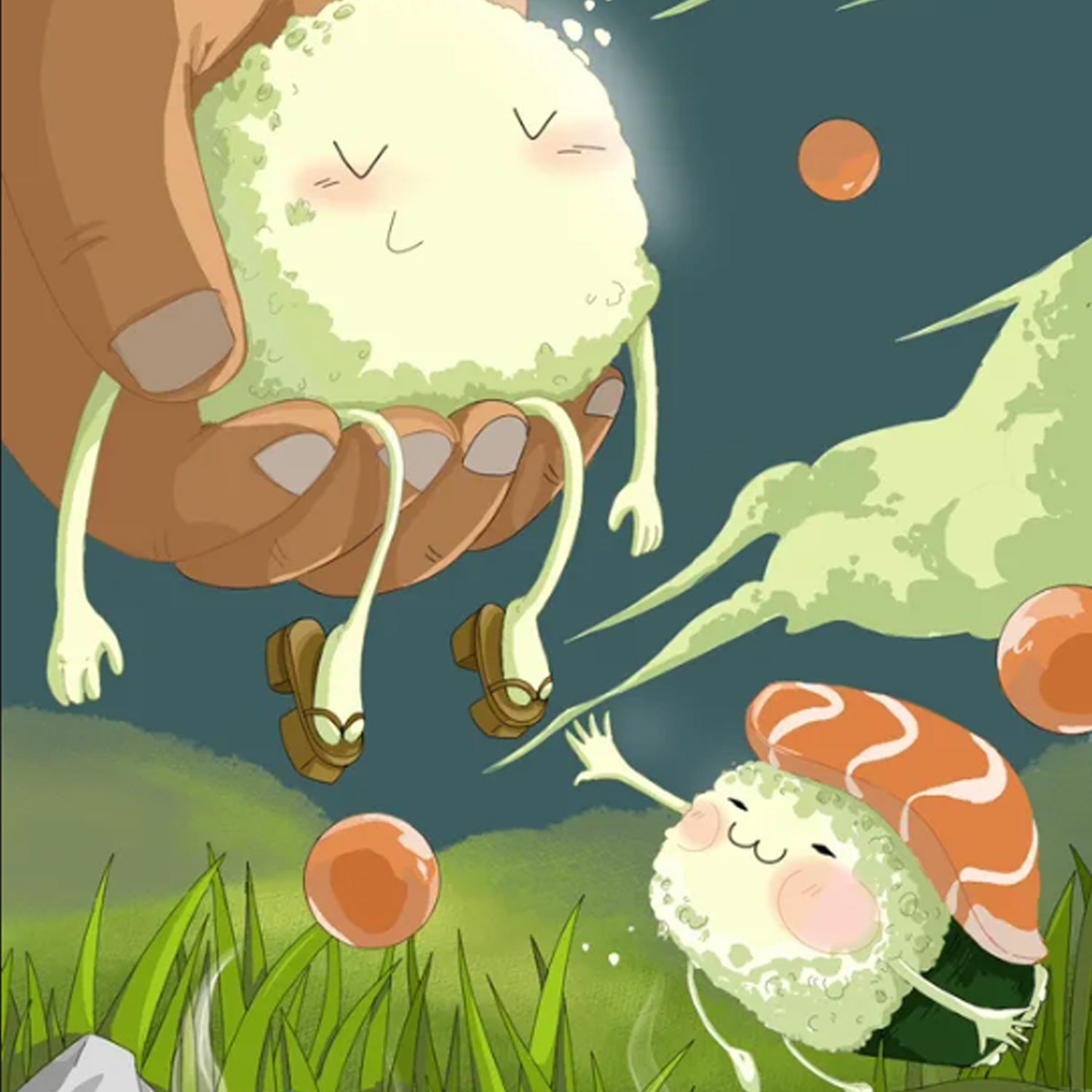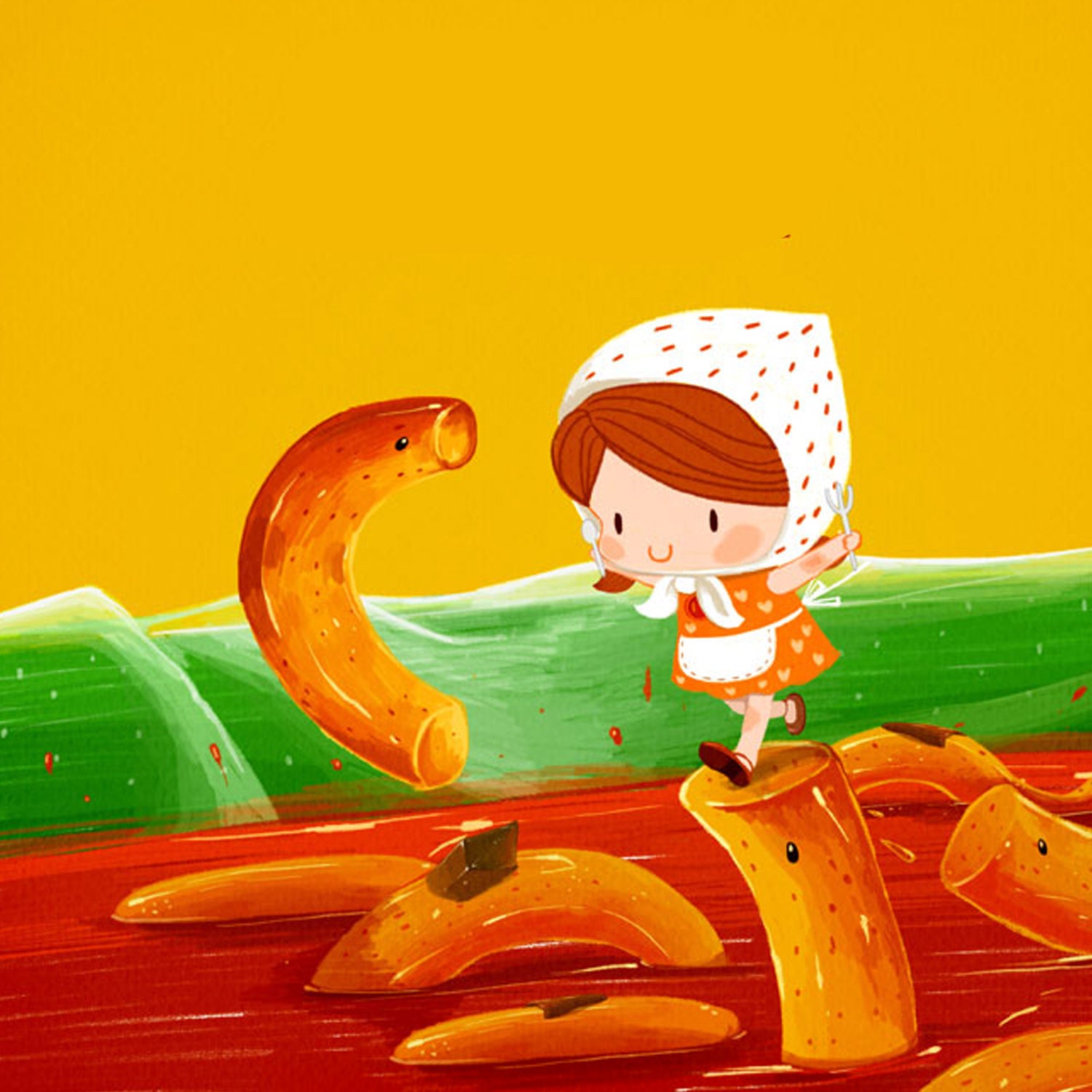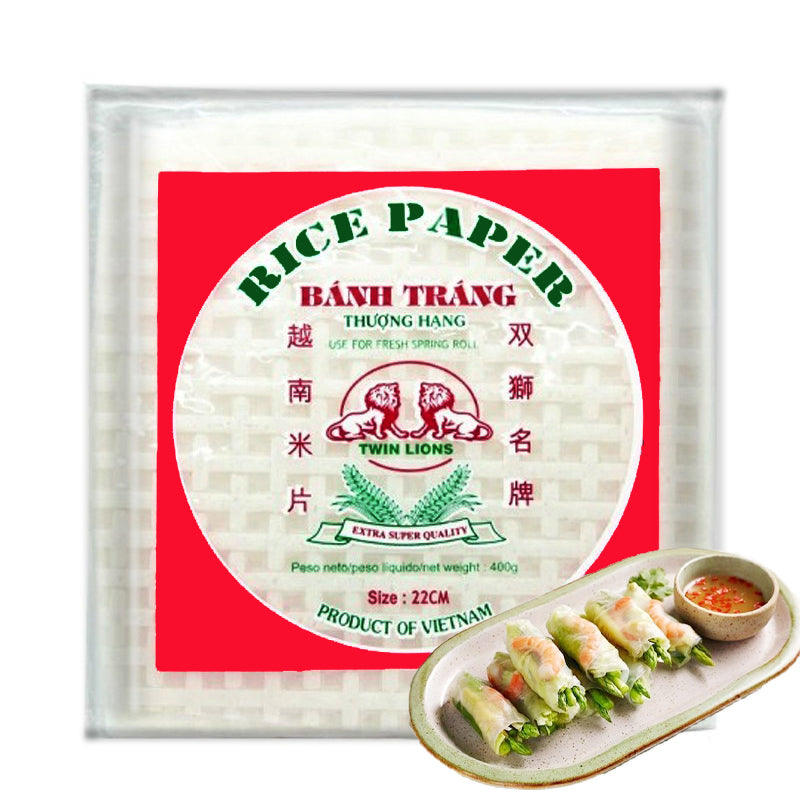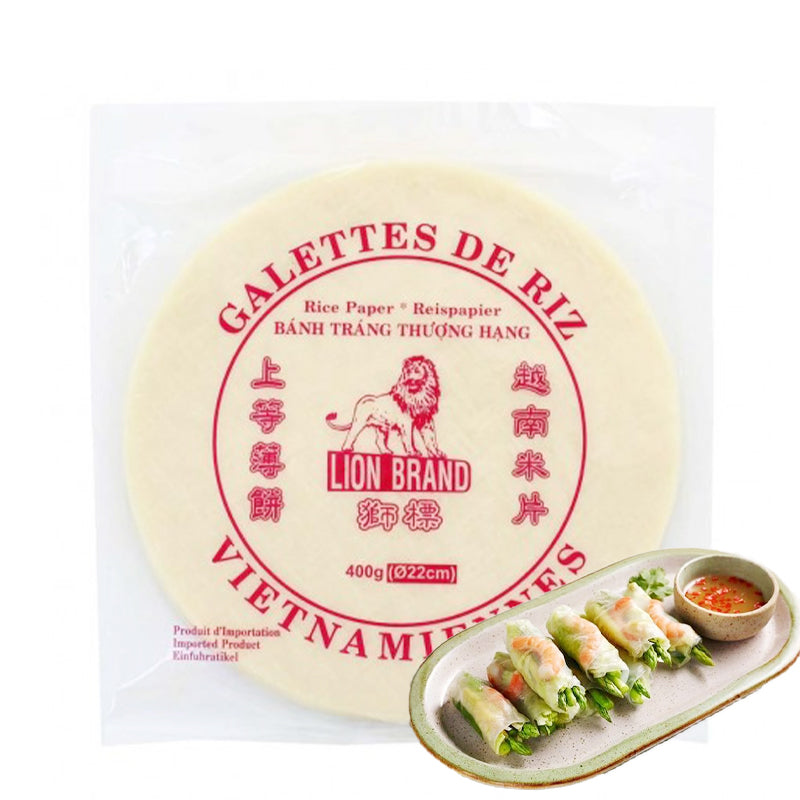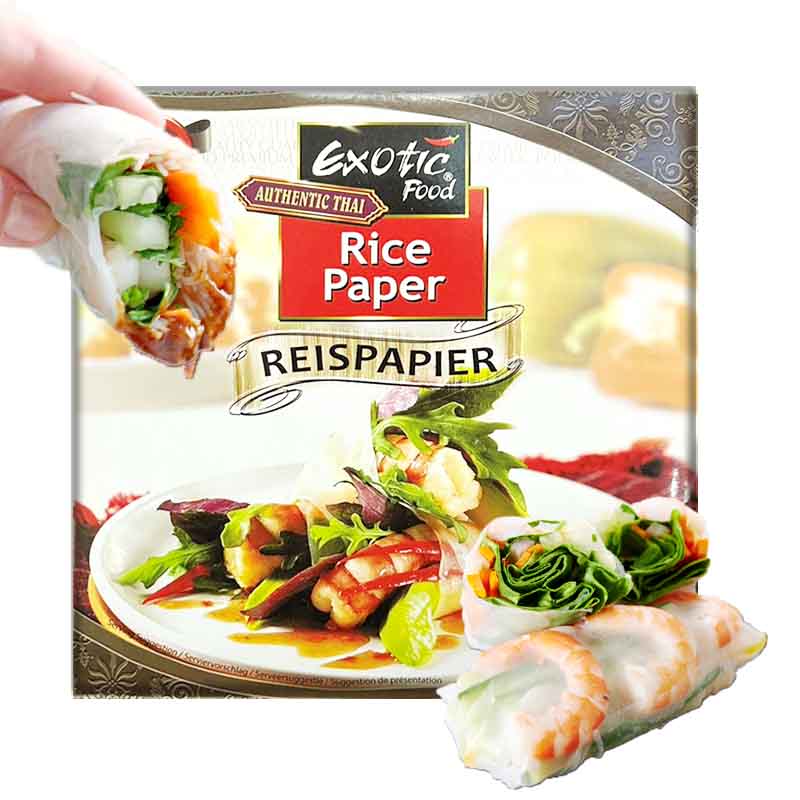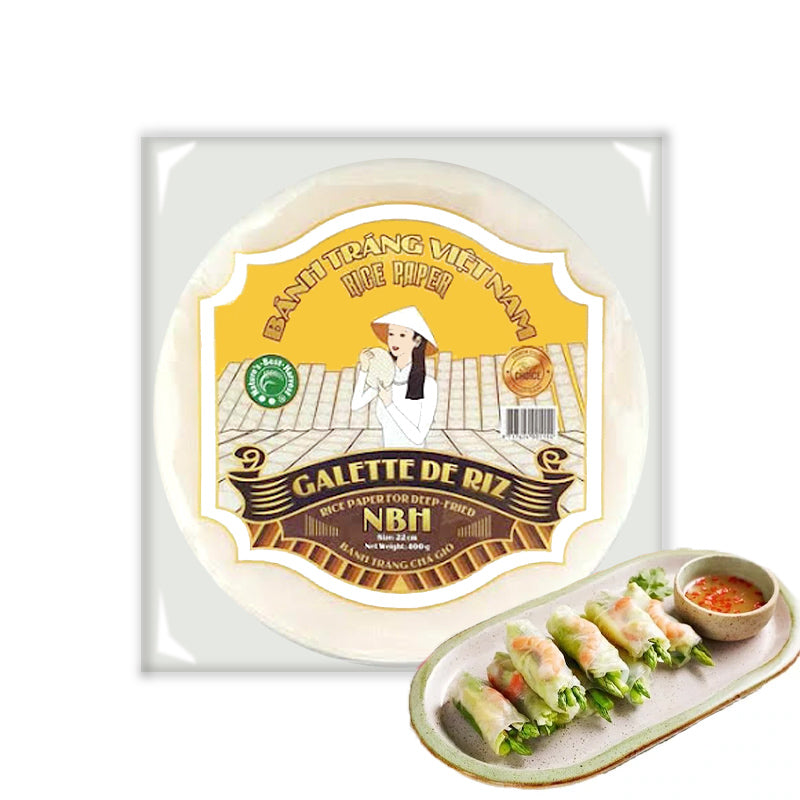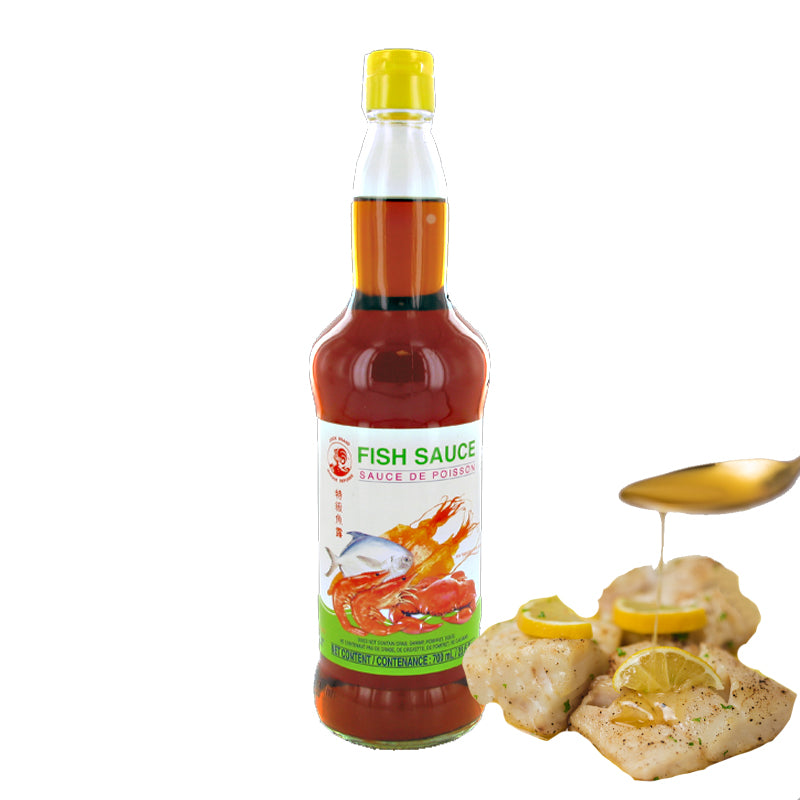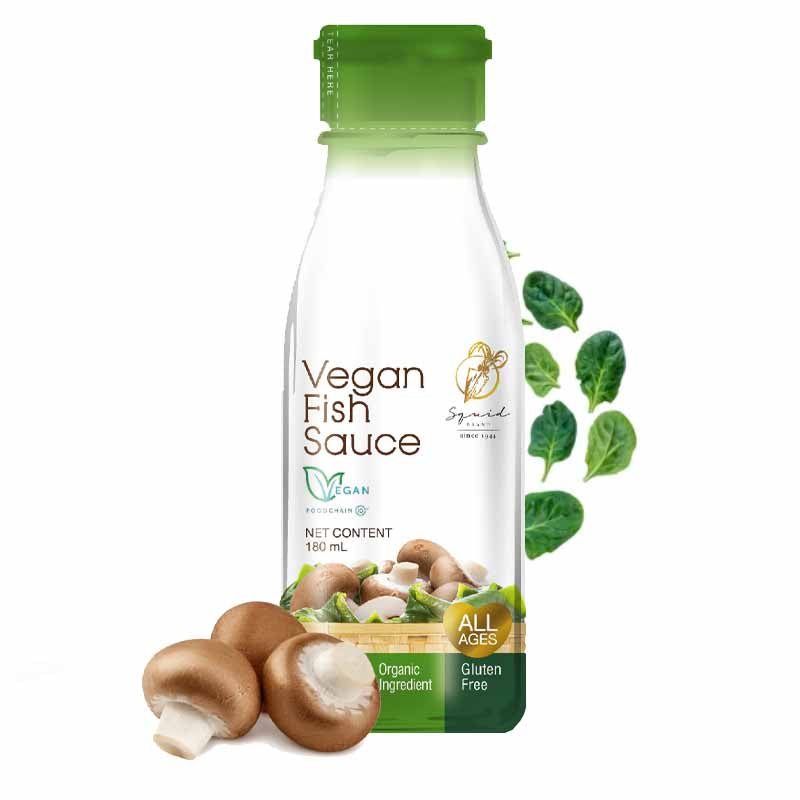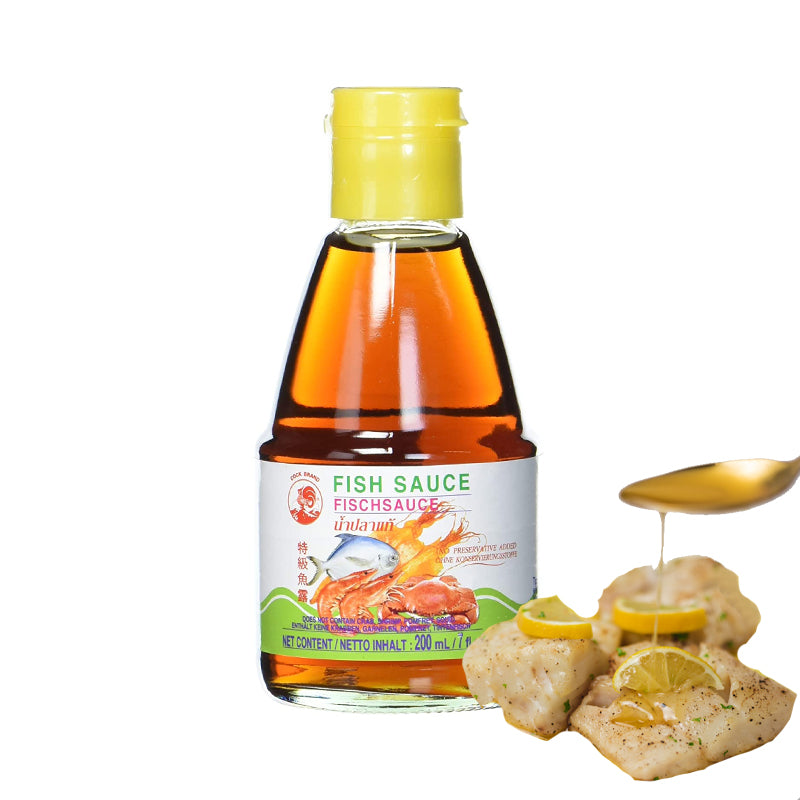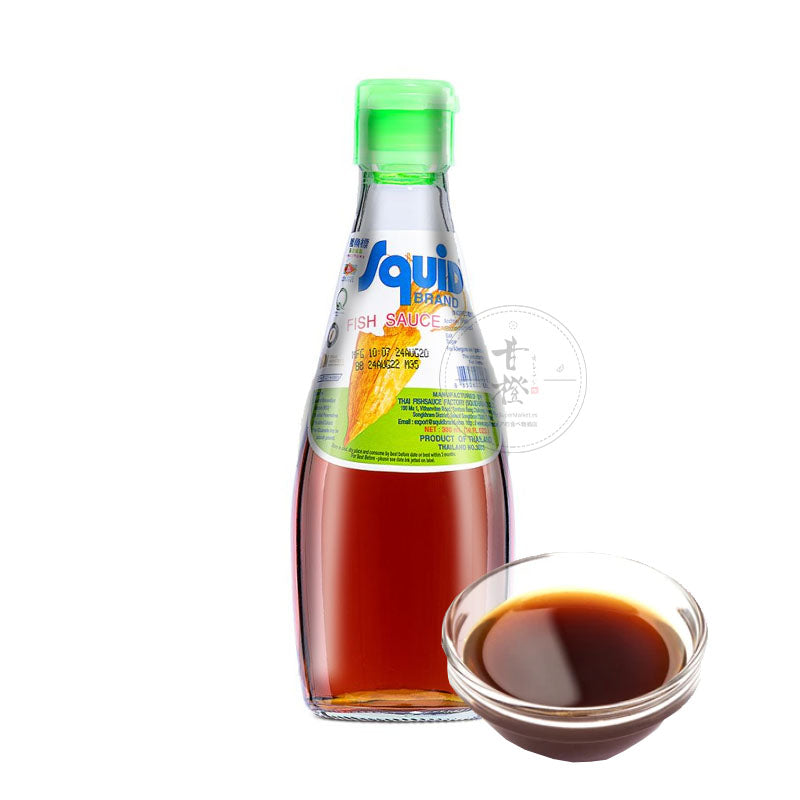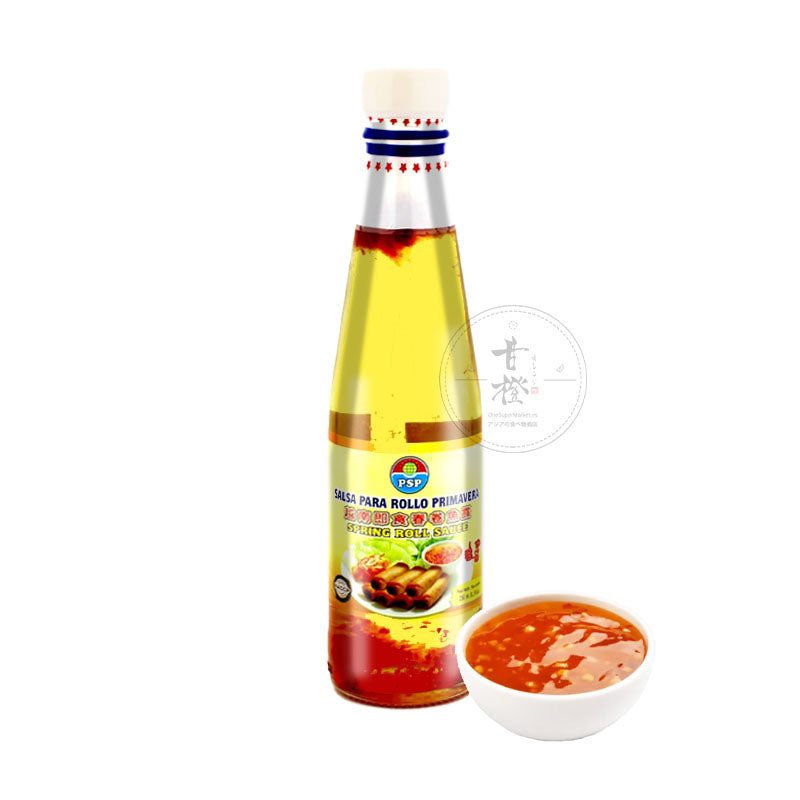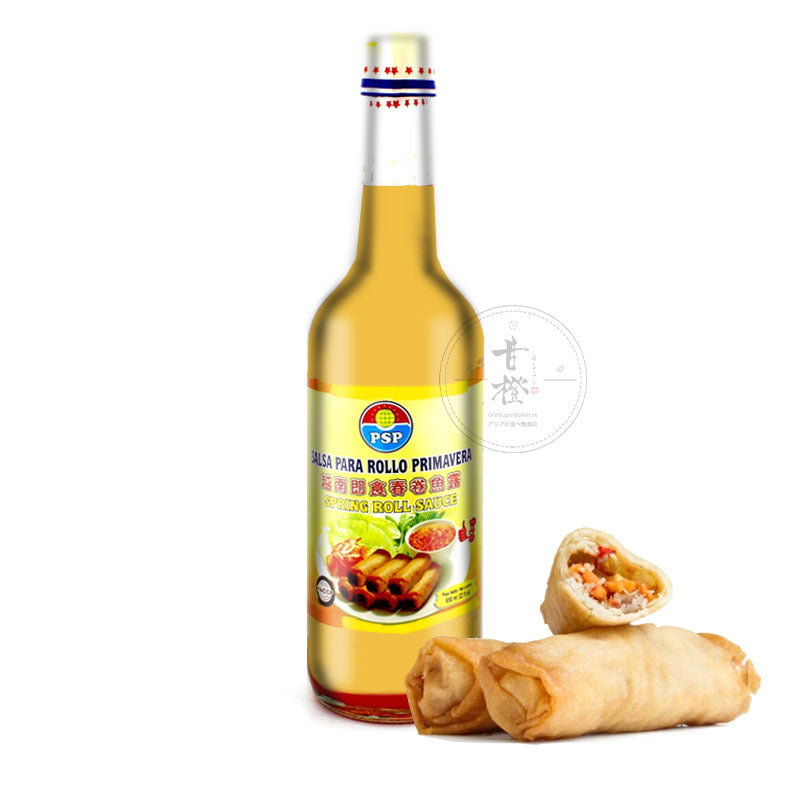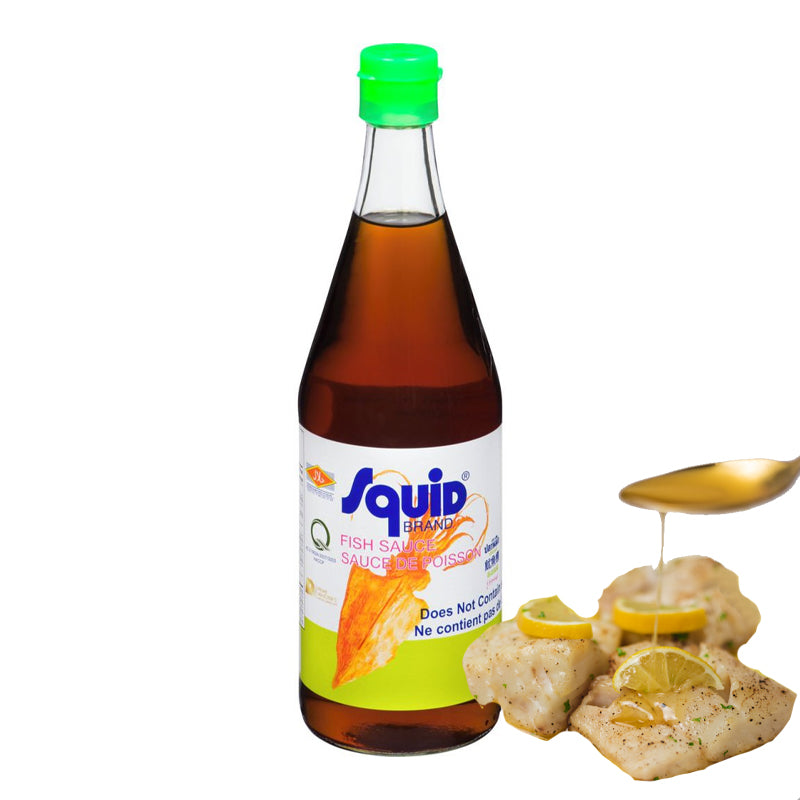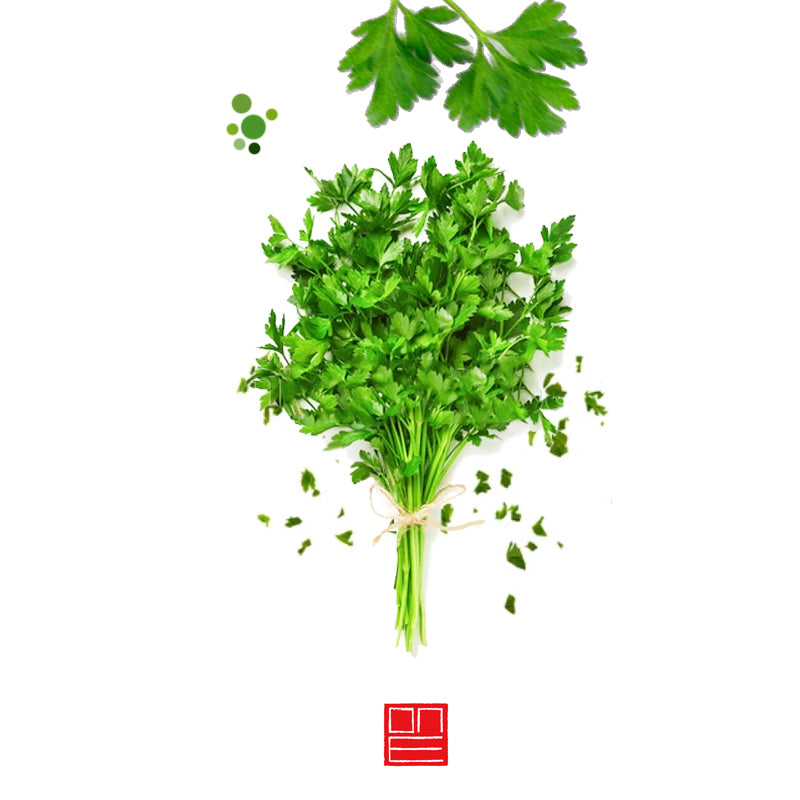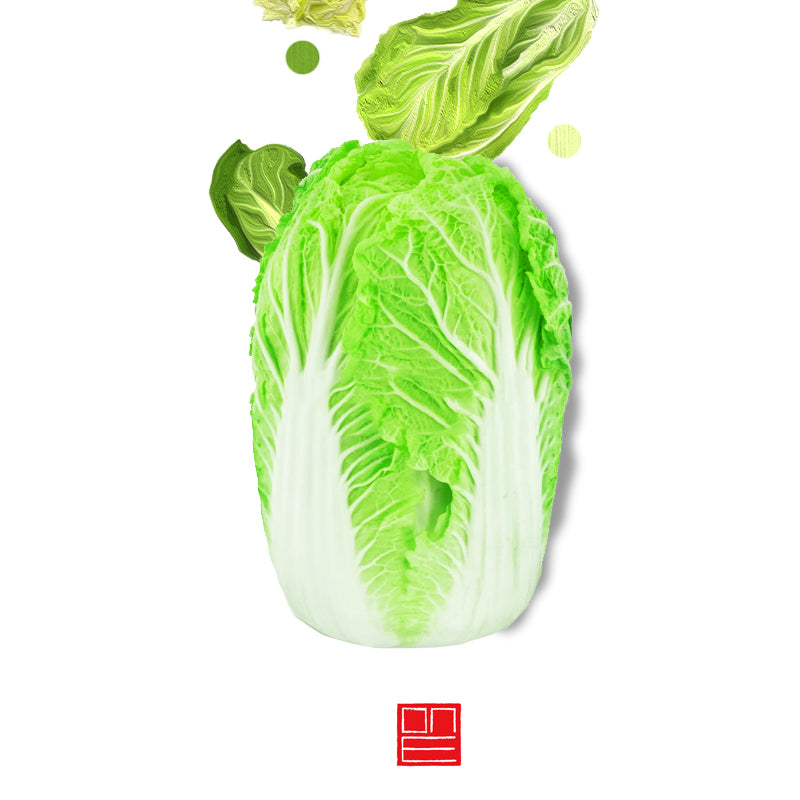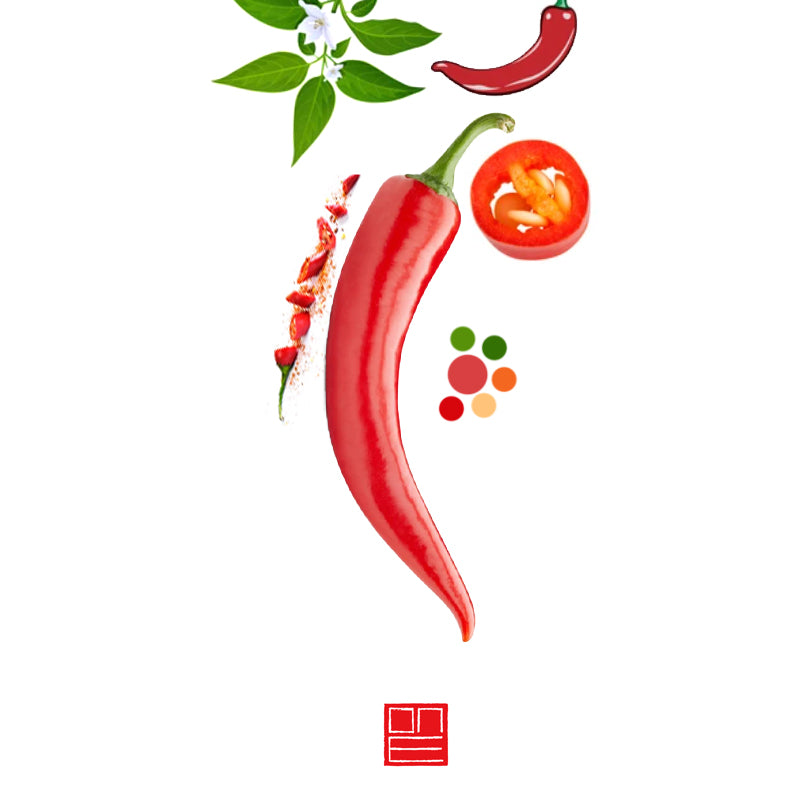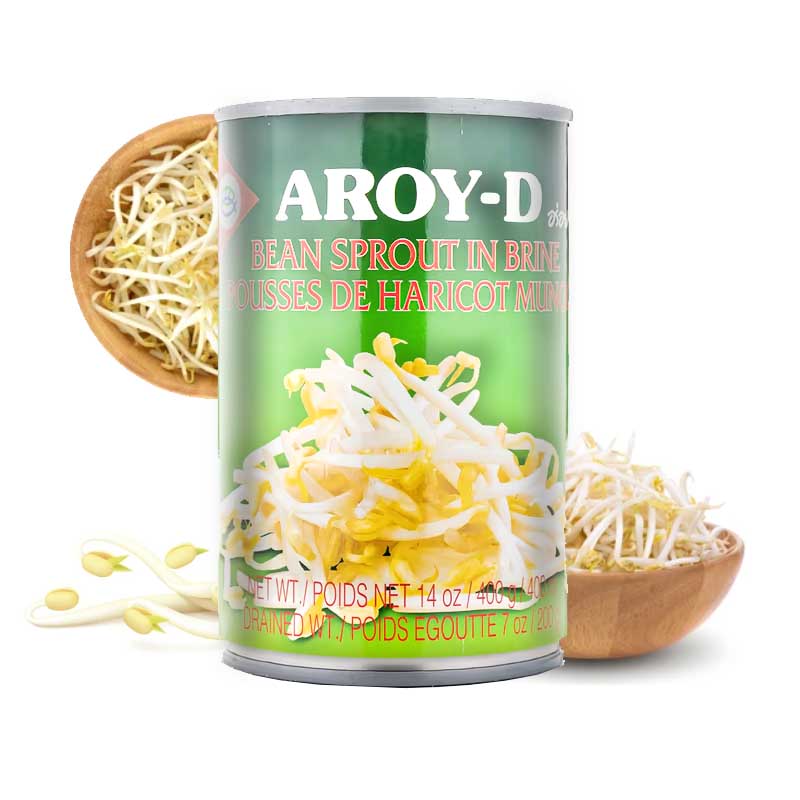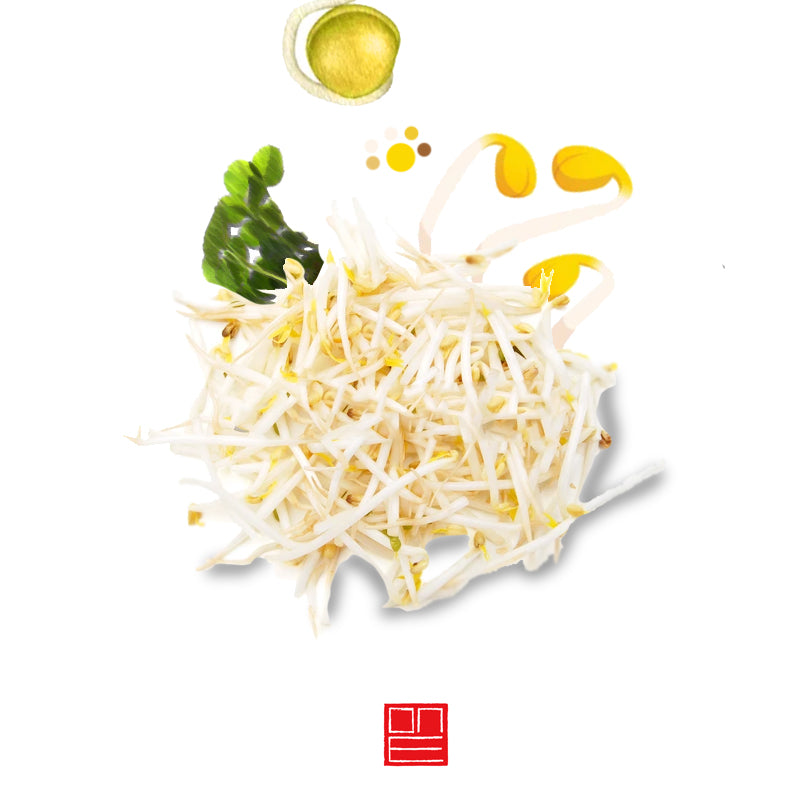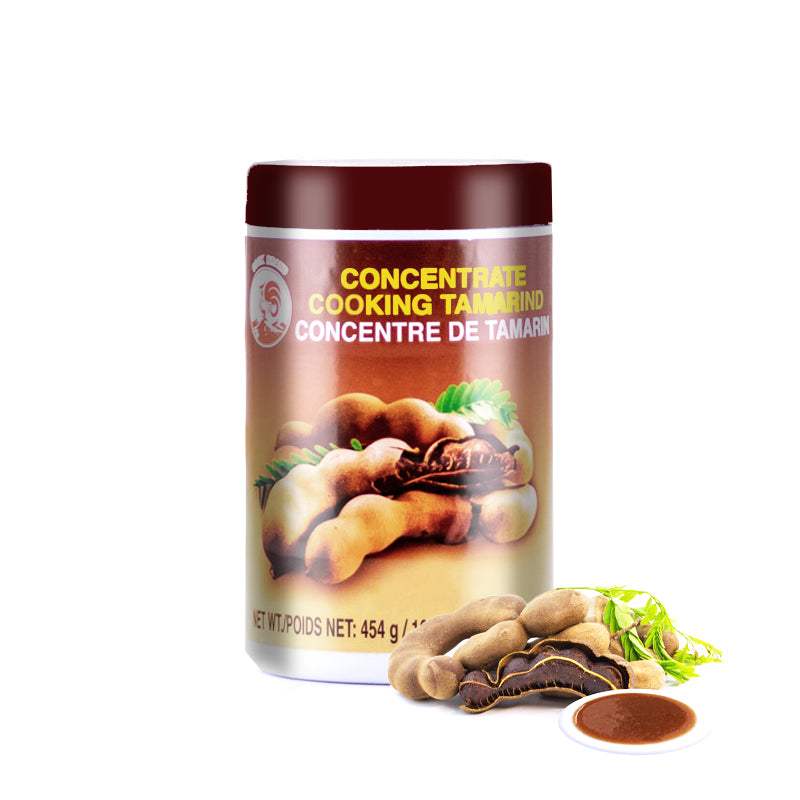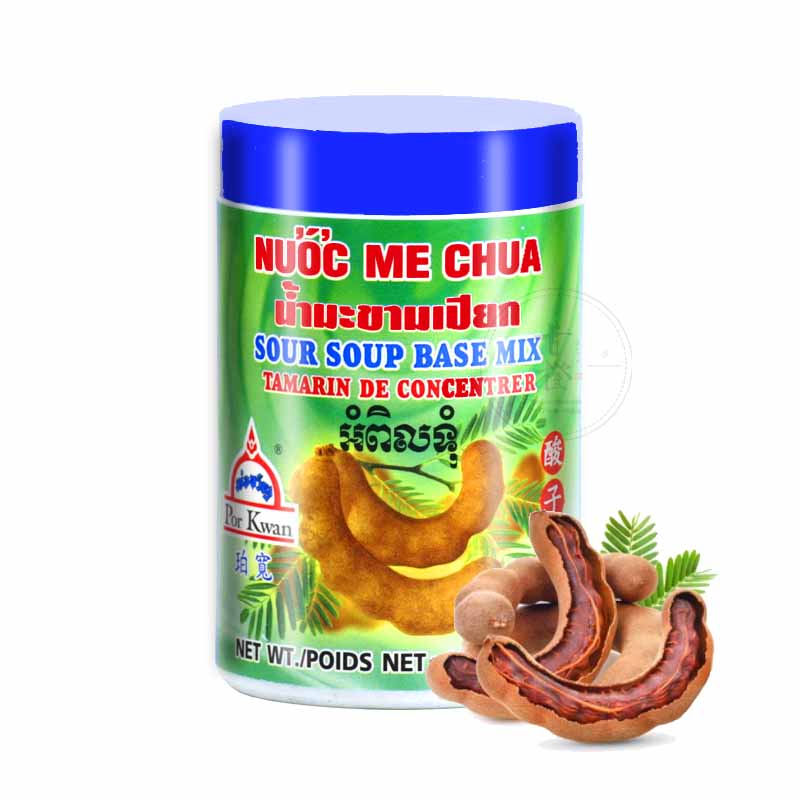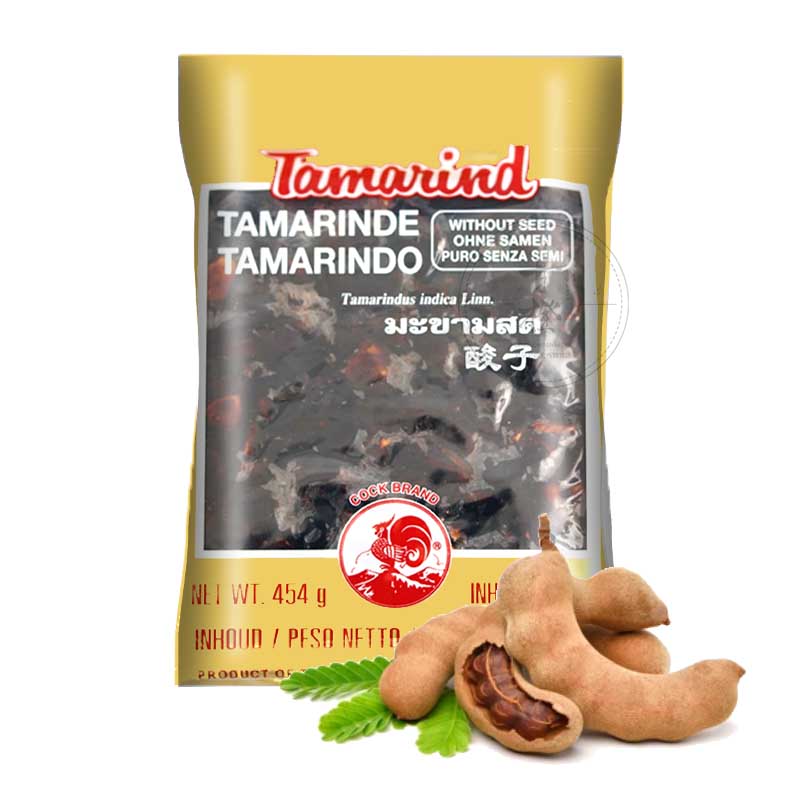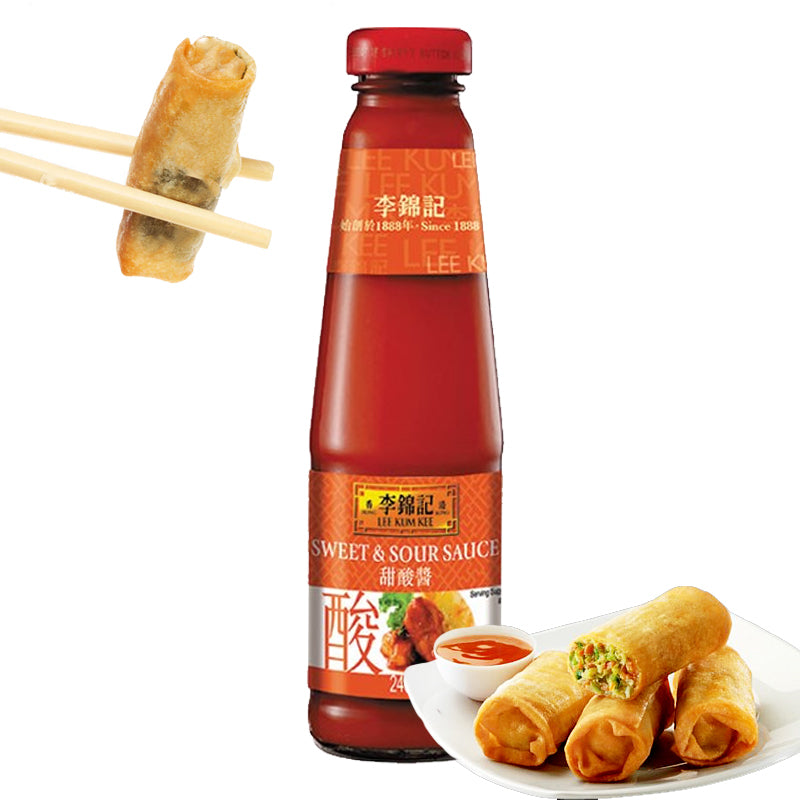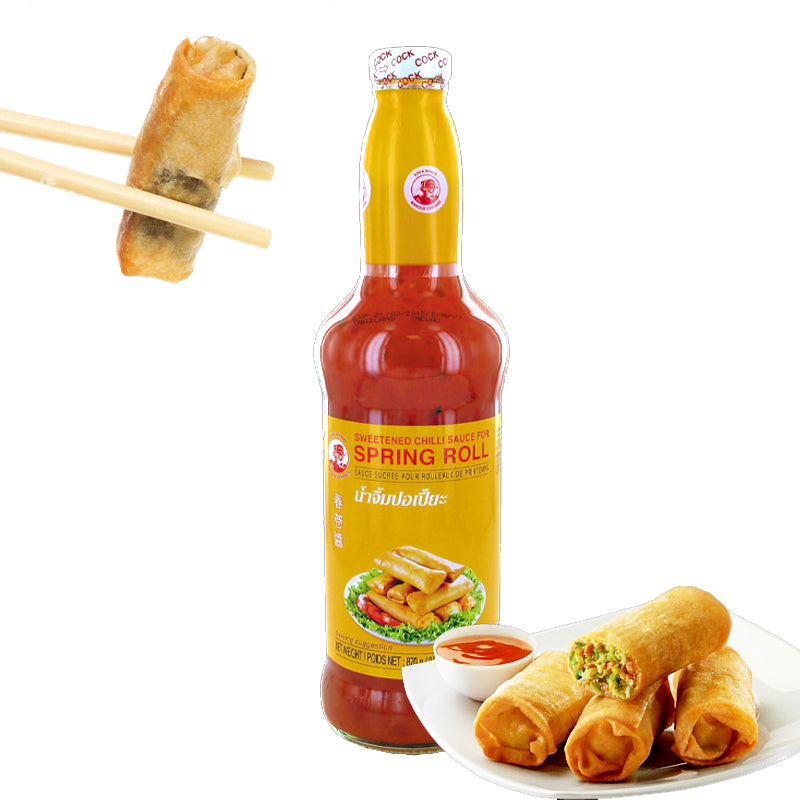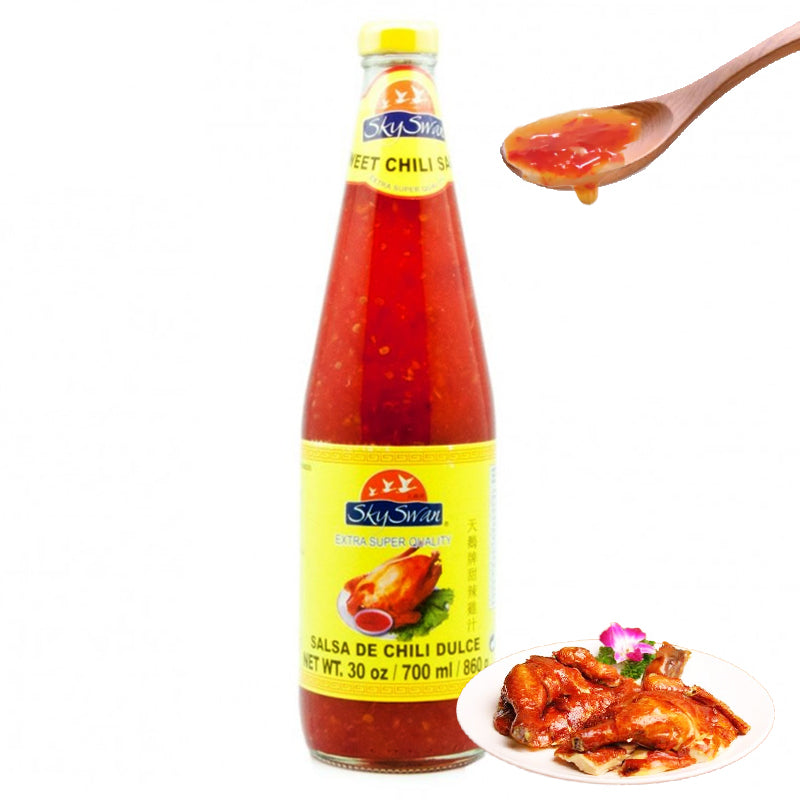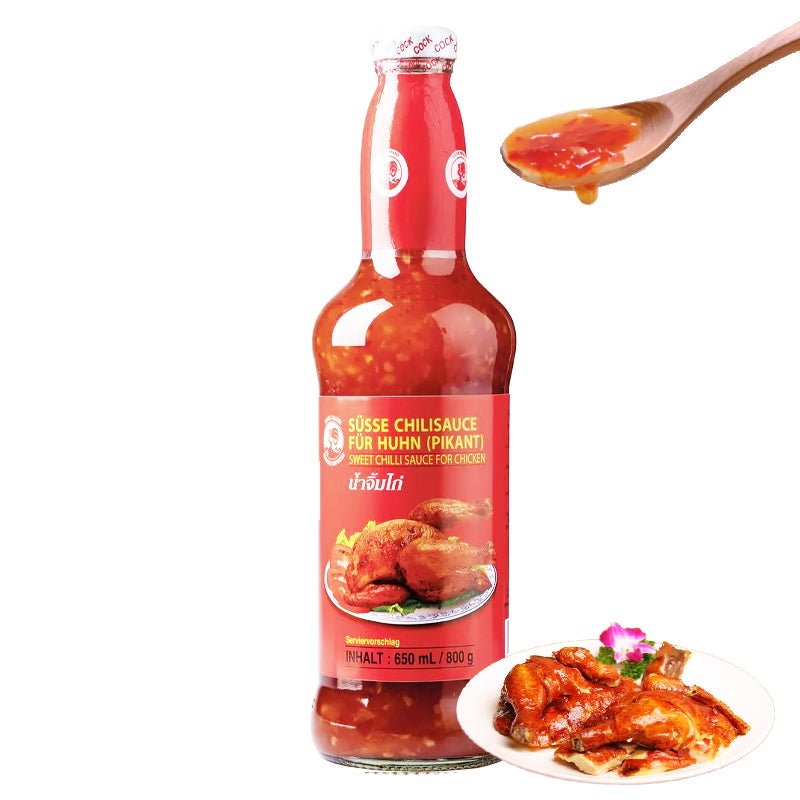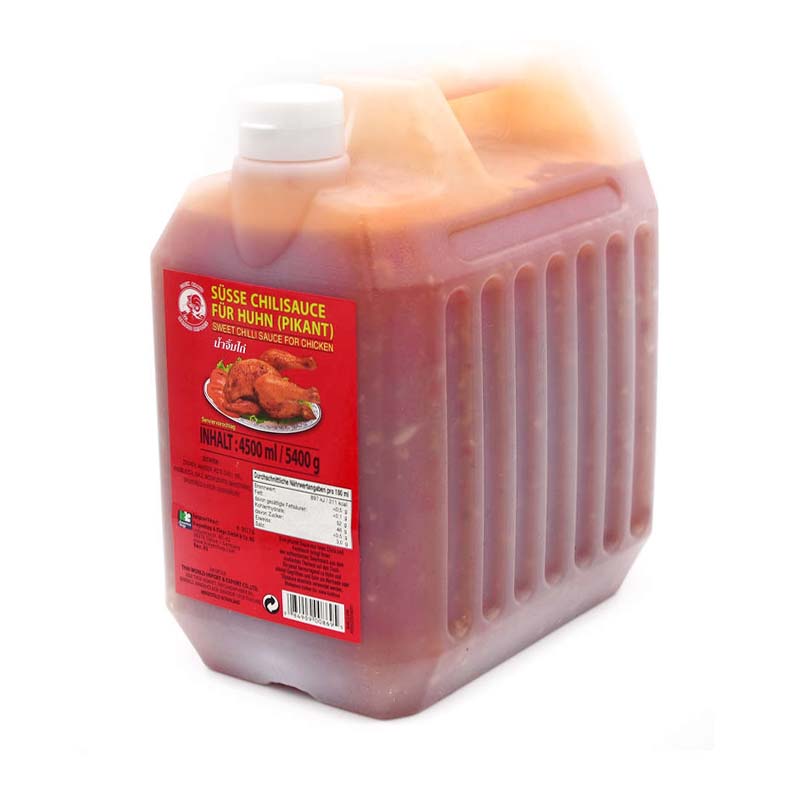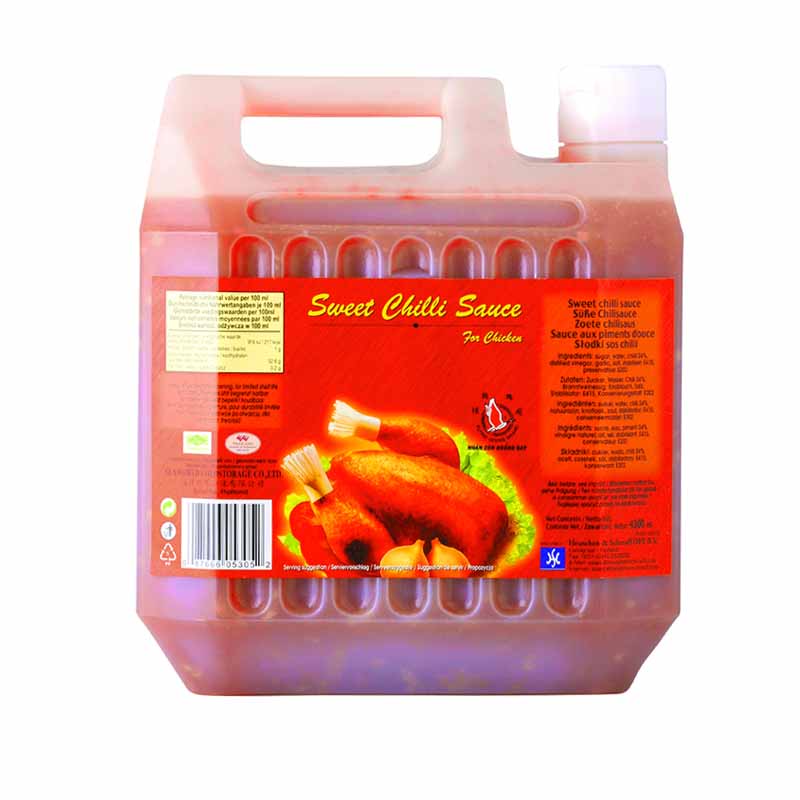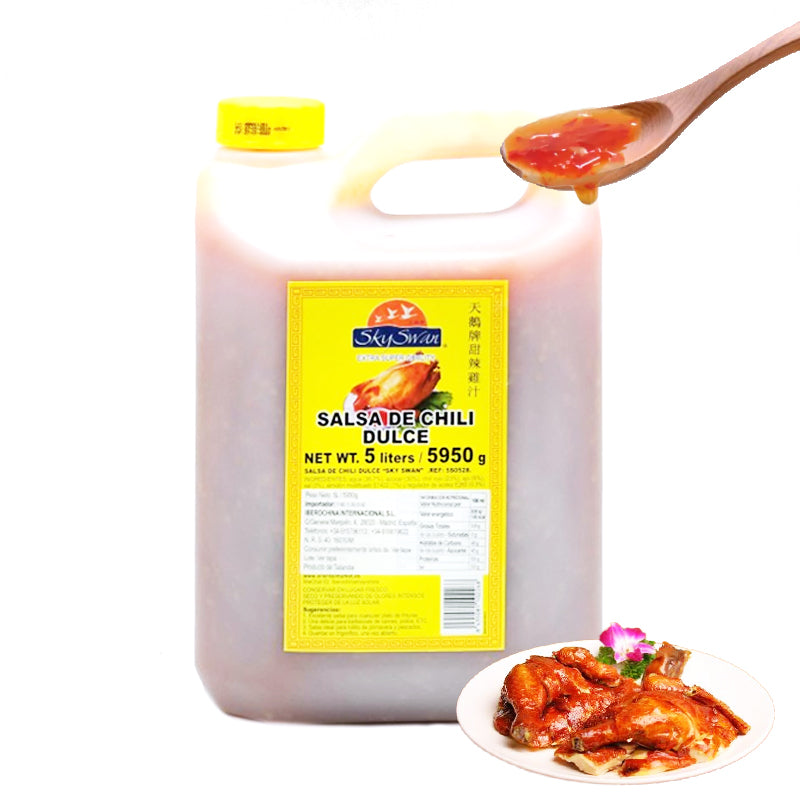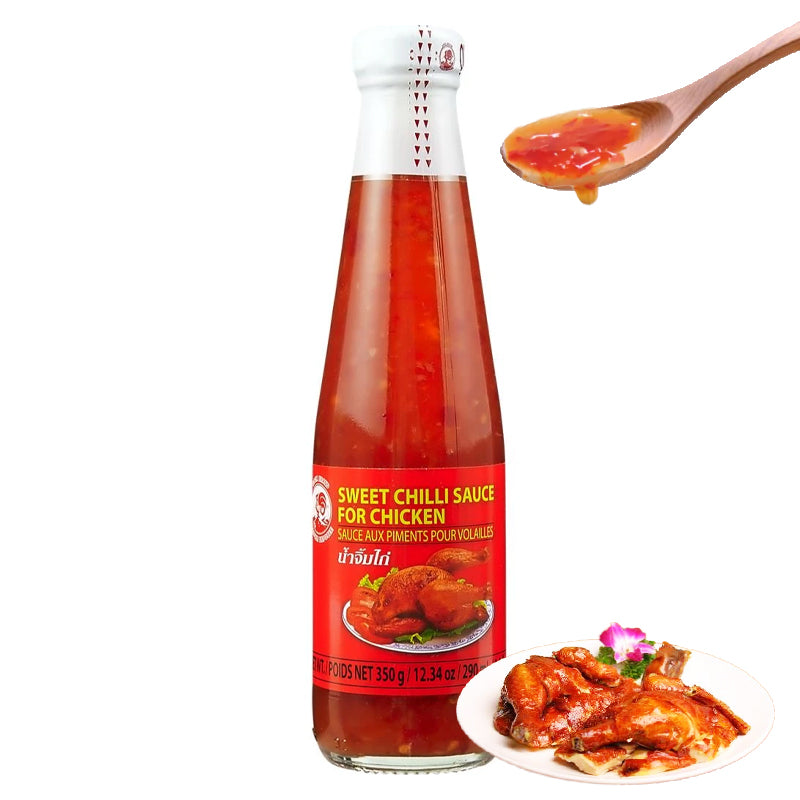Rice paper
Rice paper – The essence of Vietnamese culinary culture
The essence of a hundred years
Vietnamese rice paper rolls – always a hit!
If I brought a plate of these to a party with my friends, I guarantee they would be one of the first things to go. Everyone I know loves these. Even the toughest carnivores devour them with as much gusto as they would a rack of ribs.
They really are that good.
Vietnamese food is my idea of the best "accidentally healthy" food. Sure, there are a handful of fried recipes. But overall, most Vietnamese dishes are super fresh, full of vibrant flavors, loaded with herbs and salads, with just a little bit of protein. The dressings and sauces are refreshingly light and oil-free, unlike virtually all Western dressings.
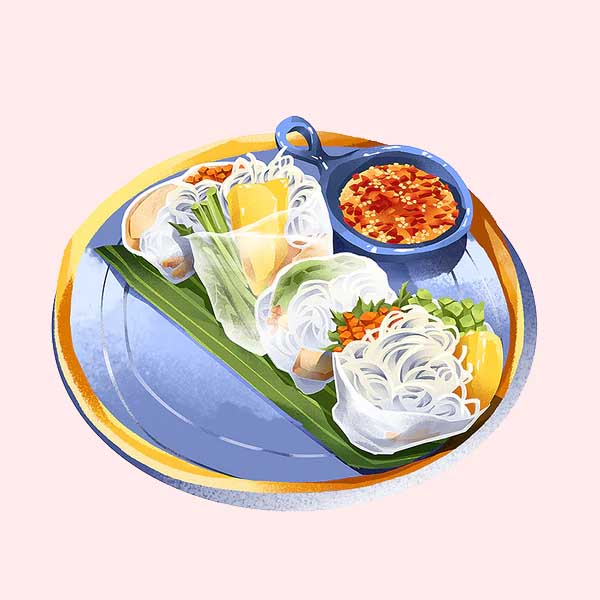
What is ?
Rice paper, also known as Bánh tráng , is a type of cake made from rice flour, finely coated and dried. When eaten, it can be crisped or dipped in water to roll meat or fish. It is an ancient culinary culture, which runs through three regions of North, Central and South Vietnam, leaving behind many flavors that make it extremely difficult for people to forget.
The "variations" of rice paper are very wide, from the famous mixed rice paper Tay Ninh (City in Vietnam) to the special grilled rice paper in Da Lat (City in Vietnam).
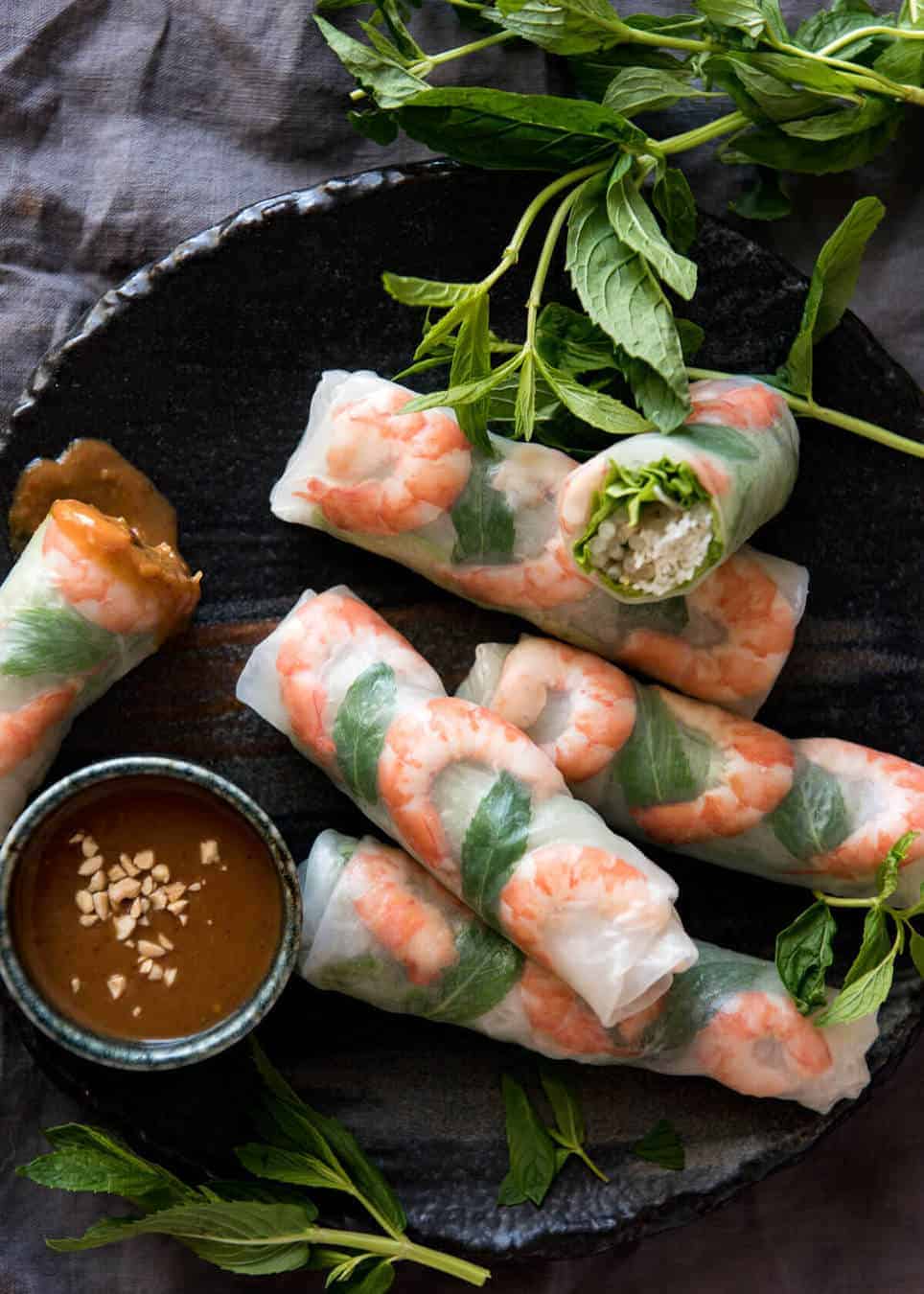
What are the ingredients in rice paper that are passed down from generation to generation?
The main ingredient in rice paper is usually rice flour. Some places add corn tapioca or green beans to create flavor and variety in the rice paper. Rice flour is mixed with water (or mixed with corn tapioca or green beans in appropriate proportions).
In addition to the flours mentioned, when "rolling the cake", the rice flour recipe also adds some familiar spices: sesame, salt, pepper, garlic, coconut, onion, sugar... depending on the type of rice paper you use. is getting ready.
Recipes with rice paper
3 delicious rice paper roll fillings
Traditionally, the basic ingredients of rice paper rolls are:
- Rice paper sheets
- Rice noodles
- Vegetables such as carrot, lettuce, cucumber, bean sprouts
- Fresh herbs such as mint, cilantro, Thai basil
- Proteins such as chicken, pork, cooked shrimp, beef, and tofu
- Fresh Chili – This one is certainly not for everyone and is always an optional addition
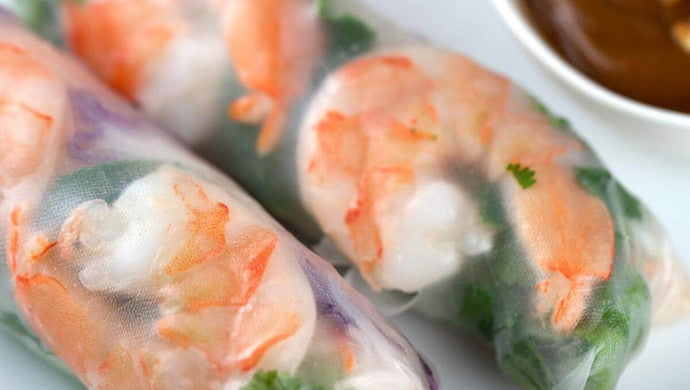
For a great start to your next summer cocktail, you can't overlook our mini shrimp rice paper rolls, bursting with freshness and ready to serve in just 35 minutes.
Ingredients :
- 50 g vermicelli rice noodles
- 24 small sheets of rice paper
- 1/2 cup cilantro leaves
- 1/2 cup mint leaves
- 500 g cooked shrimp, peeled, deveined and cut in half lengthwise
- 2 Lebanese cucumbers, seeded, cut into long sticks
- 2 red radishes, thinly sliced
- 1/2 cup (125 ml) sweet chili sauce
- pickled carrot
- 2 carrots, peeled, cut into sticks
- 1/4 cup (60 ml) rice wine vinegar
- 1 tablespoon powdered sugar
- 1 teaspoon salt
- 1 red bird chili , seeded, finely chopped (optional)
- 1 teaspoon finely grated ginger
Preparation:
- To make the pickled carrot, combine the carrot, vinegar, sugar, salt, chili, if using, ginger, and 1 tablespoon water in a small bowl. Cover and place in the refrigerator for 1 hour to develop the flavors. To drain.
- Place the noodles in a heatproof bowl. Cover with boiling water. Set aside for 2 minutes to soak. Refresh under cold water. Drain well. Use kitchen shears to chop coarsely.
- Fill a shallow dish with warm water. Dip 1 sheet of rice paper in water, then drain and place on a clean board (it will continue to soften as it sits).
- Place 2 cilantro leaves and 2 mint leaves on the bottom third of the rice paper sheet. Top with 2 shrimp halves and some noodles, cucumber, radish and pickled carrot.
- Fold the edge of the rice paper sheet over the filling. Fold in the sides, then roll to enclose. Place on a tray. Repeat with the remaining rice paper sheets, cilantro, mint, shrimp halves, noodles, cucumber, radish and pickled carrot. (To prevent sticking, keep the rolls slightly apart in the tray.) Serve with the sweet chili sauce.
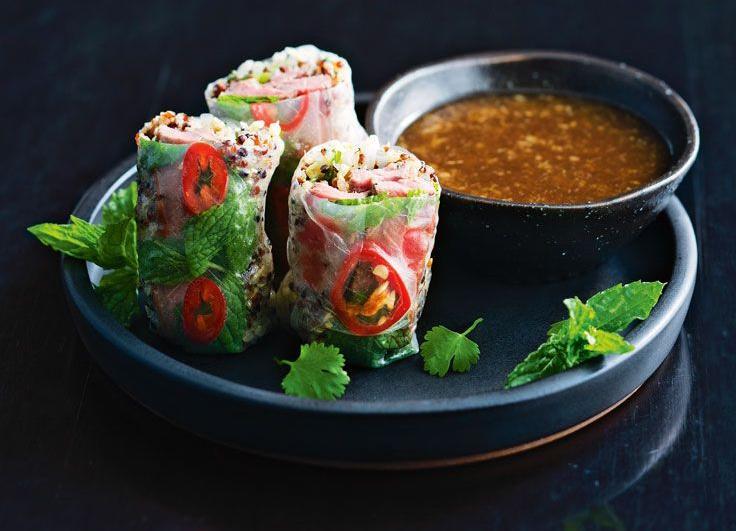
Vermicelli noodles may contain gluten, so if you're looking for a gluten-free filling, our Beef Quinoa Rice Paper Rolls with Tamarind Sauce recipe is perfect for you!
Ingredients :
- 100 g (1/2 cup) tricolor quinoa
- 225 ml of water
- 30 g palm sugar , finely chopped
- 5 teaspoons fish sauce
- 1 tablespoon tamarind puree
- 1 small clove garlic, crushed
- 2 teaspoons lime juice
- 3/4 teaspoon fresh ginger, finely grated
- 400 g beef steak
- 2 green shallots, thinly sliced
- 12 sheets of rice paper, 22 cm in diameter
- 1 long fresh red chili, thinly sliced diagonally
- 12 large leaves of fresh mint
- 150 g bean sprouts
- 12 sprigs of fresh cilantro
Preparation:
- Place the quinoa and 185 ml (3/4 cup) water in a saucepan over medium-low heat. Bring to a simmer. Cook over low heat, stirring, for 10-12 minutes or until quinoa is tender. Cool a little.
- For the sauce, place the sugar, fish sauce, tamarind, garlic and remaining water in a saucepan over medium-low heat. Cook, stirring, for 3 minutes. Simmer for 2 minutes or until slightly thickened. Transfer to a bowl. Add juice and ginger. Cold.
- Heat a grill to medium-high heat. Drizzle steak with olive oil. Season. Cook, turning, for 4 minutes over medium heat or until cooked to your liking. Rest for 4 minutes. Cut finely.
- Add the shallot and 3 teaspoons of sauce to the quinoa. Dip 1 sheet of rice paper in cold water for 10 seconds or until it begins to soften. Drain on a clean kitchen towel. Place on a work surface. Place 2 chili slices and a mint leaf in the center. Top with some quinoa mixture, bean sprouts, steak and cilantro. Fold the ends. Roll tightly to enclose the filling. Repeat with remaining sheets. Serve with the remaining dipping sauce.
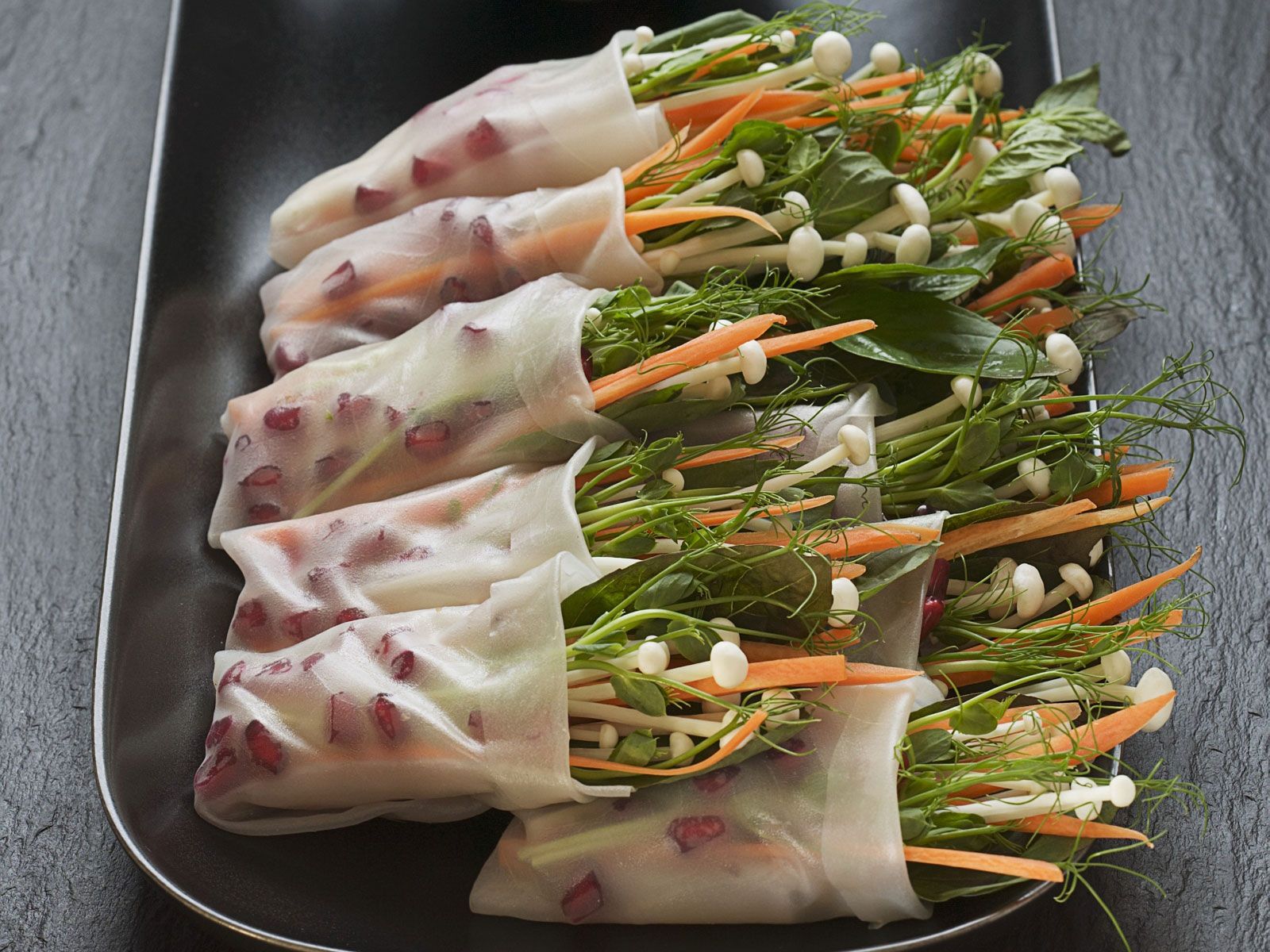
For those of us who are vegetarian or vegan, rice paper rolls are a great way to create a delicious meatless snack that doesn't compromise on flavor. For an amazing vegetarian starter, you should try our goi cuon (tofu rice paper rolls) (pictured below) paired with a creamy peanut sauce, and for a vegan recipe we recommend our tasty mushroom rice paper rolls .
Ingredients :
- 1 tablespoon sesame oil
- 2 cloves garlic, crushed
- 1 teaspoon grated ginger
- 2 shallots, finely chopped
- 300 g chopped mushrooms
- 40 g Chinese cabbage , finely grated
- 2 teaspoons low salt soy sauce
- 16 large sheets of rice paper
- 1 bunch fresh cilantro, leaves picked
- 2 medium carrots, peeled, finely julienned
- 1 cup bean sprouts, trimmed
- Extra low salt soy sauce, for serving
Preparation:
- Heat sesame oil, garlic and ginger in a frying pan over low heat for 1 minute. Add the shallots, mushrooms and cabbage and increase the heat to medium. Cook for 3 minutes or until tender. Transfer to a bowl, add soy and let cool.
- Fill a large bowl with warm water and place 2 sheets of rice paper at a time in the water to soften for about 30 seconds. Be careful not to let them become too soft; They should be soft, but firm enough to handle.
- Remove the rice paper from the water, drain it well and place it on a flat board. Sprinkle with cilantro leaves and sandwich with the second sheet of rice paper. Top with a tablespoon of mushroom mixture (be careful to drain excess moisture). Top with the julienned carrot and bean sprouts. Fold the ends in and roll tightly. Set aside and cover with plastic. Continue with remaining ingredients. Serve immediately.
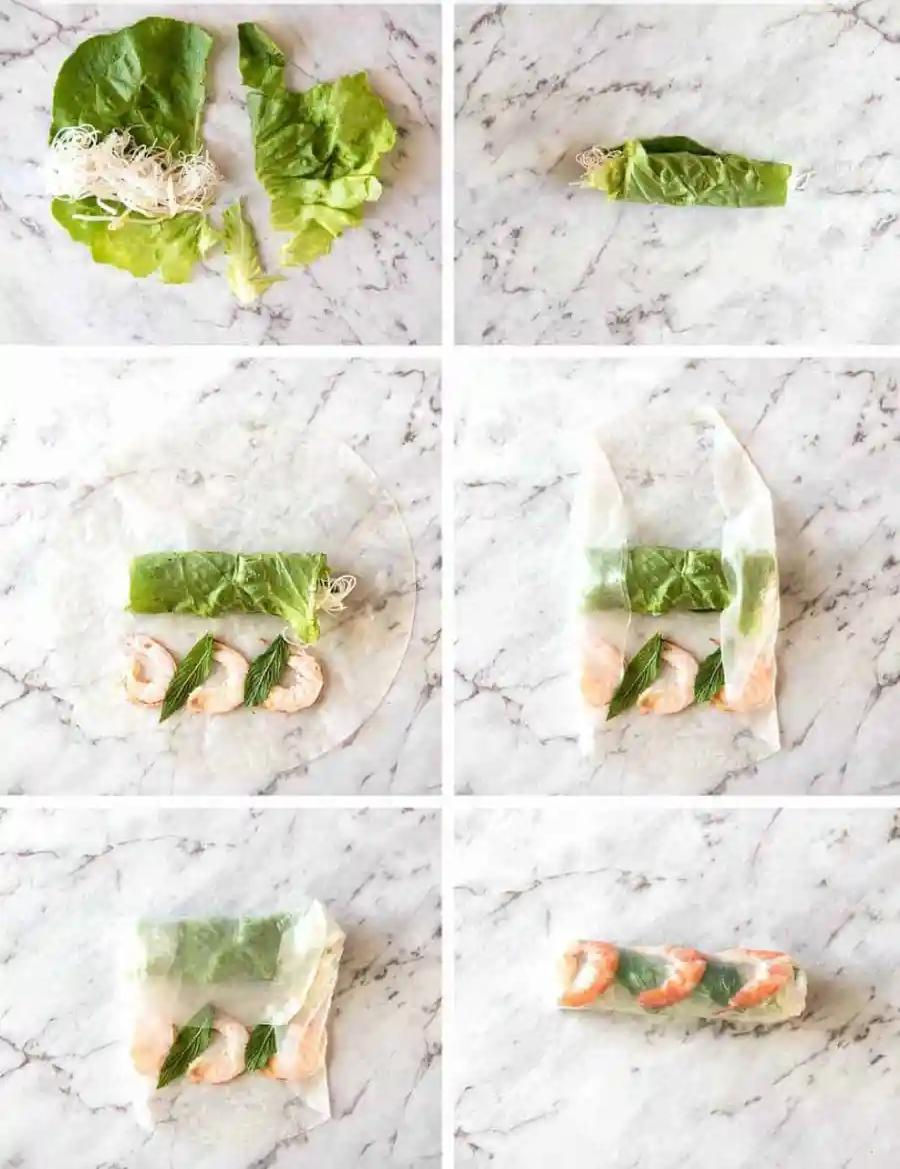
Tips
I have 2 little tips that can make your Vietnamese rice paper roll much easier:
- Bundle the loose bits inside a piece of lettuce. I like to make them with bean sprouts and vermicelli noodles (or other filling suggestions). Until you master your rolling technique, wrap it in lettuce before rolling it in the rice paper. This keeps the "stuff" together, which makes it much easier to roll the rice paper and will also prevent things like bean sprouts, carrots, cucumber, etc. from sticking together. Punch the rice paper.
- Use two sheets of rice paper; Again, this is advice as long as you are a promising rice paper roll master. It is much easier to handle when rolling. The downside is that the ends are a little chewy, because there are triple/quad layers. But it's not hard chewy, not in the least. It's chewy compared to how soft and fragile a single layer of rice paper is.
related products
Blog
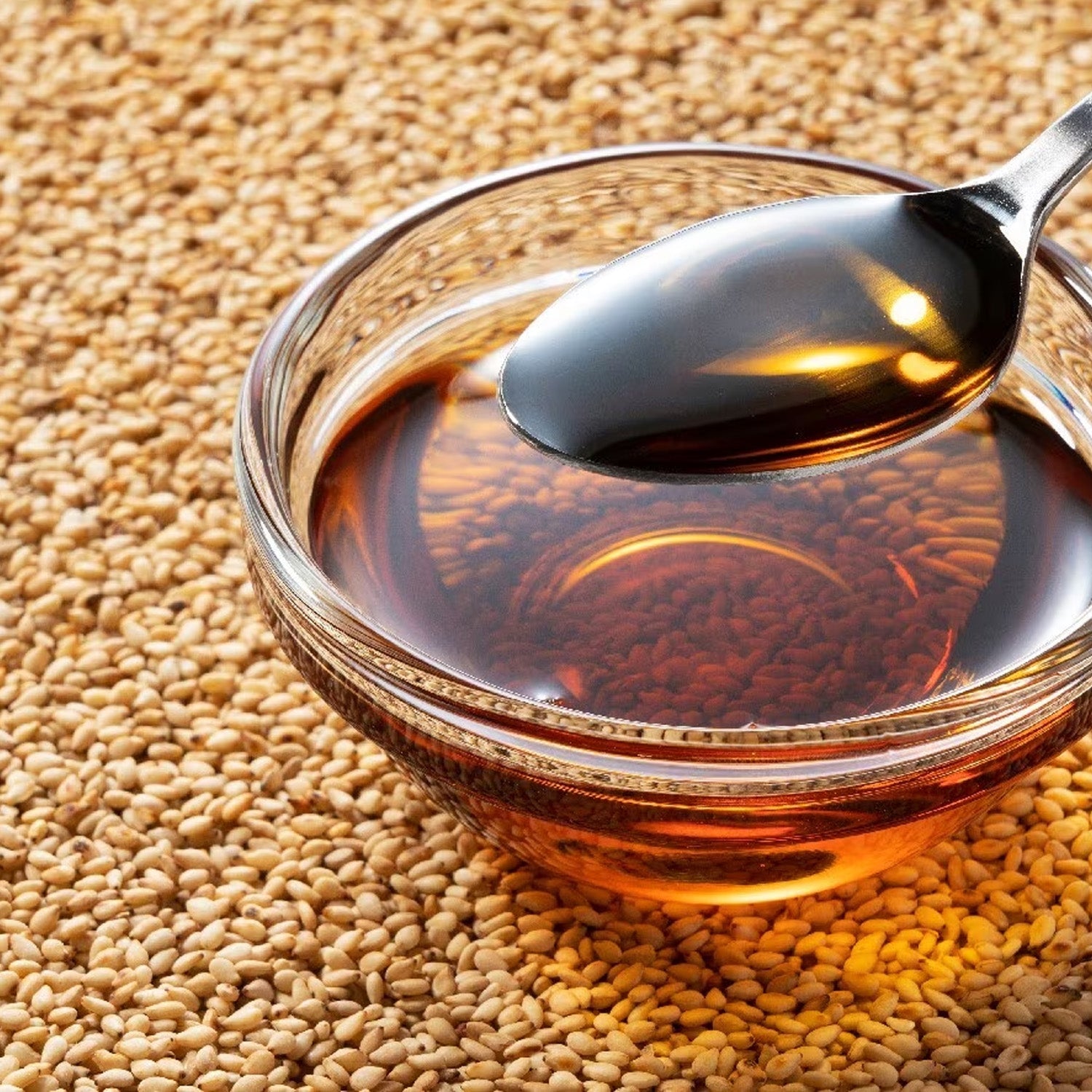
Benefits of Sesame Oil: Health and Cooking at its Best
The numerous benefits and uses of sesame oil in cooking, personal care and health. Learn how to take advantage of its antioxidant and anti-inflammatory properties.
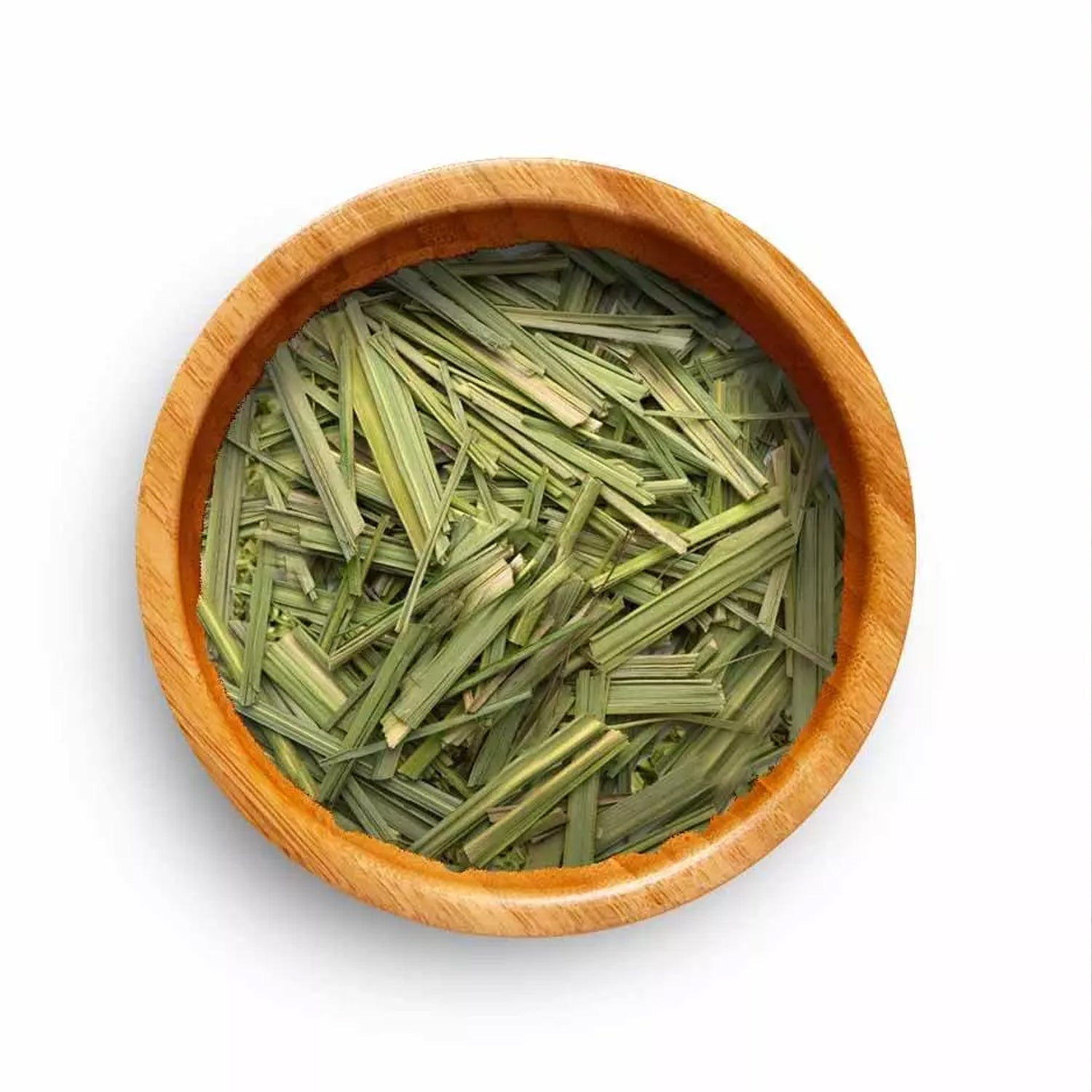
Benefits of Lemon Grass: Culinary and Medicinal Uses
Lemon Grass can transform your favorite dishes and improve your health. Learn about its culinary uses, medicinal benefits, and featured recipes to incorporate this versatile plant into your daily l...
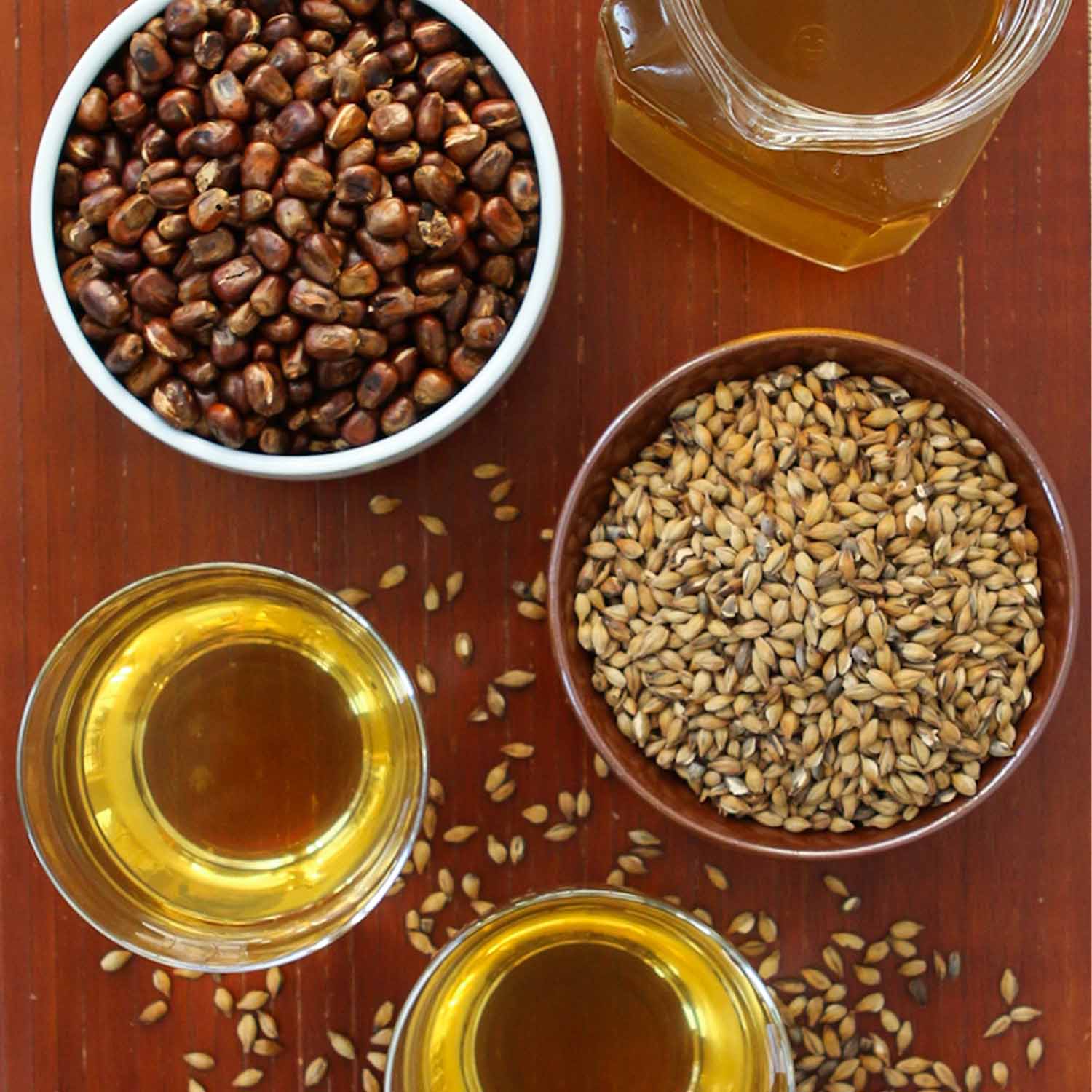
Korean Barley Tea: Tradition and Health in Every Cup
Korean barley tea, known as bori-cha. Learn about its origin, health benefits and how to prepare it at home. A caffeine-free drink rich in antioxidants. Discover the tradition and benefits of this ...

